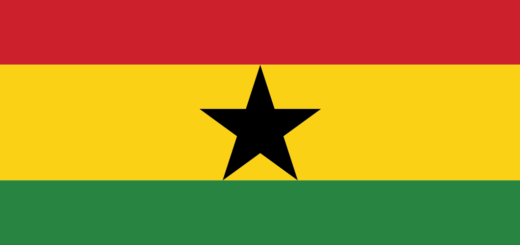⚠ Warning emoji meaning
| Emoji | Name | Meaning | Category | Codepoint | Shortcodes |
|---|---|---|---|---|---|
| ⚠ | Warning | Signifies caution or risk ahead | Symbols | 26A0 | :warning: |
Meaning
The ⚠ emoji represents a warning or caution symbol used to indicate potential hazards or to alert someone to be careful.
Common Uses
- Highlighting safety risks or warnings in messages
- Signaling errors or alerts in user interfaces
- Indicating urgent or important notices
- Drawing attention to dangerous or sensitive subjects
- Used in traffic or safety-related discussions
Examples
⚠ Be careful with the new update!⚠ Slippery floor ahead.Please note ⚠ some features may not work properly.
Related Emojis
- 🚨 Police car light: Indicates an emergency or urgent situation.
- ❗ Exclamation mark: Emphasizes importance or alert.
- 💡 Light bulb: Suggests ideas or warnings indirectly.
- 🛑 Stop sign: Commands immediate halt, unlike caution.
- 🔴 Red circle: Signals attention but less specific than warning.
Technical Notes
This emoji is encoded at U+26A0 and dates back to early Unicode standards. Appearance varies slightly across platforms but consistently shows a yellow triangle with a black exclamation mark or similar symbol. It does not support skin tone variations.
FAQ
What does the ⚠ emoji mean?
The ⚠ emoji signals caution, warning of potential danger or important alerts.
How is the ⚠ emoji used?
It is commonly used to highlight warnings, cautionary notes, or alerts in text and interfaces.
Does the meaning of the ⚠ emoji change by context?
Its core meaning stays the same but can represent different types of risks depending on the situation.




